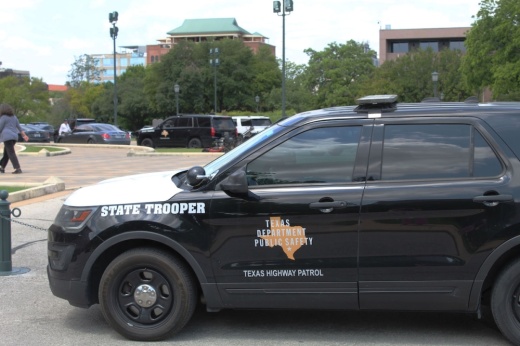The background
DPS and the city of Austin announced a partnership March 27.
Austin Mayor Kirk Watson said the goal was to alleviate the "unprecedented" challenges over local crime and traffic safety due to short staffing within the Austin Police Department.
However, on May 13, DPS announced it would pause the partnership as troopers were temporarily relocated to the Mexican border.
The data
APD leadership touted the early success of the program, pointing to a reduction of violent crimes in May compared to the year prior; thousands of traffic stops and arrests; and dozens of weapons and thousands of pounds of drugs seized.
However, city leadership and residents expressed concern that Black and Hispanic people were being disproportionately arrested.
What's changed?
According to a June 22 press release from the city of Austin, DPS will move away from its previous model of solely focusing on areas that saw high 911 call volumes and traffic—which DPS leadership previously pointed to as explaining why much of its activity was on the east side of Austin. Instead, according to the release, under the new strategy:
- DPS will monitor roadways with high rates of injury and fatal crashes.
- DPS will focus on areas with the highest report of violent crime with input from APD.
- DPS officers will be distributed across multiple APD patrol sectors to support shifts with fewer APD officers.





